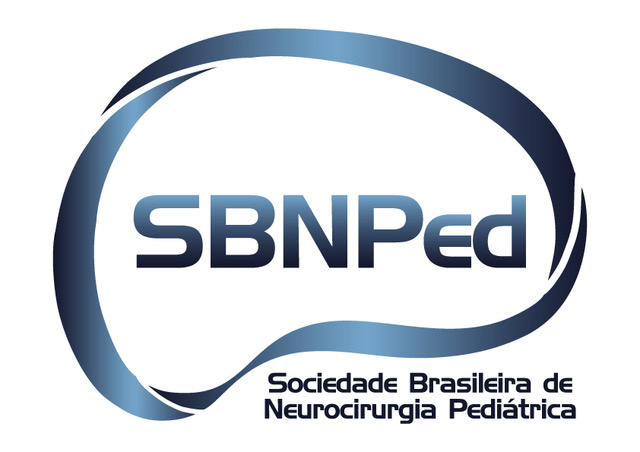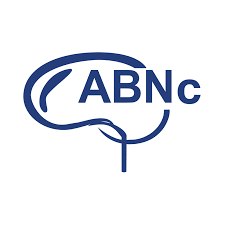Aneurysms in childhood: literature review and cases description
DOI:
https://doi.org/10.46900/apn.v4i2(May-August).142Keywords:
aneurysm, cerebral, childAbstract
Introduction: In the aneurysm disease, children aneurysms do not represent a majority of the diagnosis. Associated conditions should be monitored, including aortic coarctation, polycystic kidney disease, fibromuscular dysplasia, tuberous sclerosis, Ehlers-Danlos syndrome, and Marfan syndrome. They can present as congenital, infectious, or traumatic. Case report: We describe a series of five cases of aneurysms in patients ranging from 15 to 17 years of age whose aneurysms were found on examination. In most cases, patients were asymptomatic and did not have predisposing syndromes. Surgery was the treatment of choice in all cases. No patient had a recurrence in the following years of radiographic follow-up. Methodology: This is a literature review and case series analysis with a narrative-descriptive approach. The database for the search was PubMed®, which were used to search for articles with the subject descriptors brain, aneurysms, pediatric and child. Between the descriptors, the boolean operator and was used. Discussion: Aneurysms can be classified by their size and morphology, as well as having a predilection for anterior circulation. The most common symptom observed in our pediatric series of 5 patients was migraine or chronic headache (60%), followed by asymptomatic patients (40%). Three of five patients (60%) in this study were previously hypertensive without other comorbidity, while 40% of the cases were totally healthy. Conclusion: Pediatric intracranial aneurysms are relatively rare diseases, corresponding to 1.6 to 7% of intracranial aneurysms across all age groups. They require accurate and detailed diagnosis, which need to be assessed and managed in a multidisciplinary team.
Downloads

Downloads
Published
How to Cite
Issue
Section
License
Copyright (c) 2022 Daniel Gregório Gonsalves Gonsalves, Manuela Guedes Pereira, Pedro Henrique Simm Pires de Aguiar, Fernanda Lopes Rocha Cobucci, Marcelo Ughini Crusius, Roberto Alexandre Dezena, Paulo Henrique Pires de Aguiar

This work is licensed under a Creative Commons Attribution 4.0 International License.

When publishing in Archives of Pediatric Neurosurgery journal, authors retain the copyright of their article and agree to license their work using a Creative Commons Attribution 4.0 International Public License (CC BY 4.0), thereby accepting the terms and conditions of this license (https://creativecommons.org/licenses/by/4.0/legalcode).
The CC BY 4.0 license terms applies to both readers and the publisher and allows them to: share (copy and redistribute in any medium or format) and adapt (remix, transform, and build upon) the article for any purpose, even commercially, provided that appropriate credit is given to the authors and the journal in which the article was published.
Authors grant Archives of Pediatric Neurosurgery the right to first publish the article and identify itself as the original publisher. Under the terms of the CC BY 4.0 license, authors allow the journal to distribute the article in third party databases, as long as its original authors and citation details are identified.





























